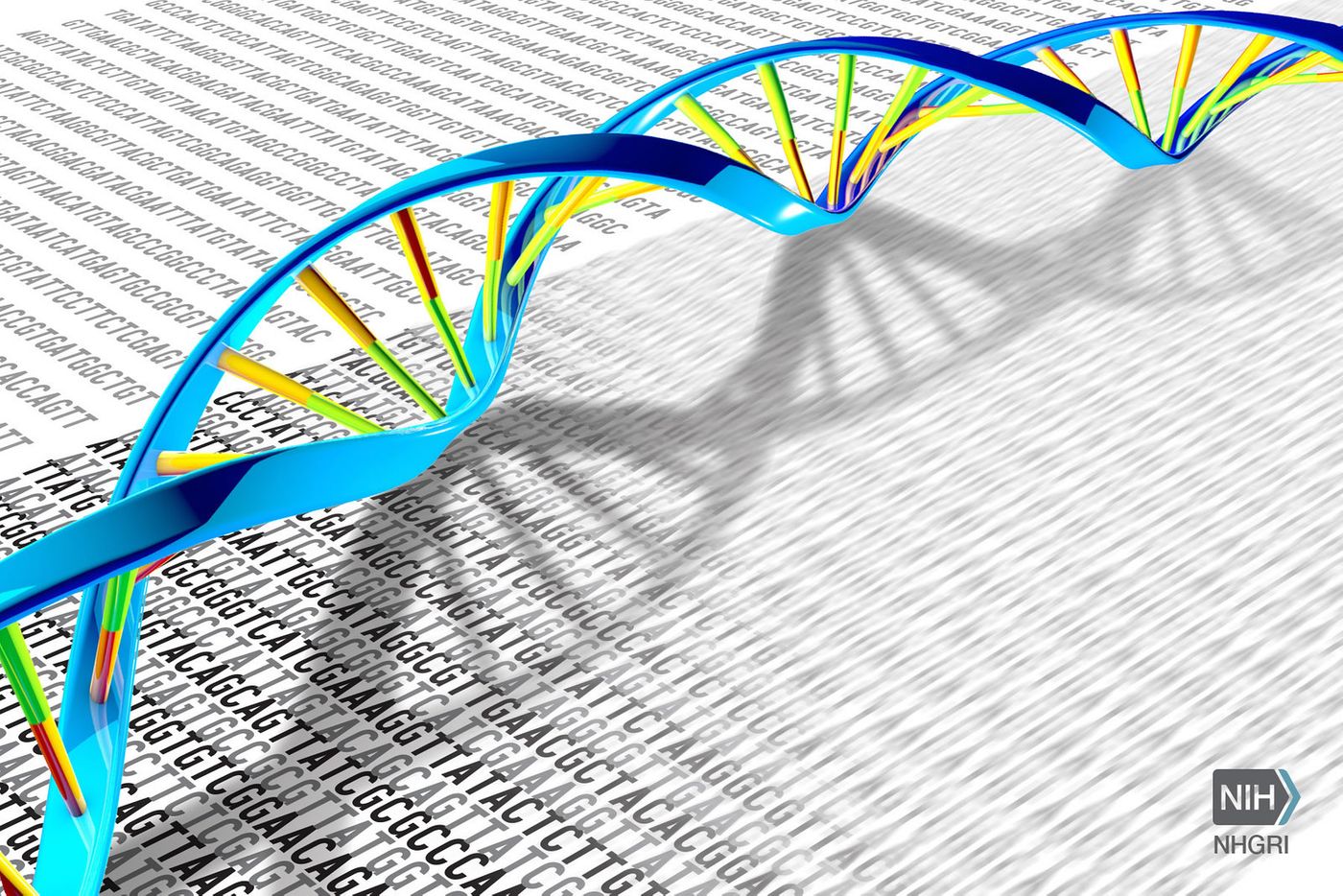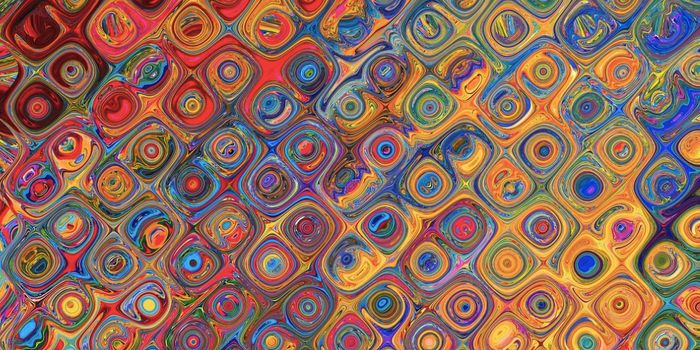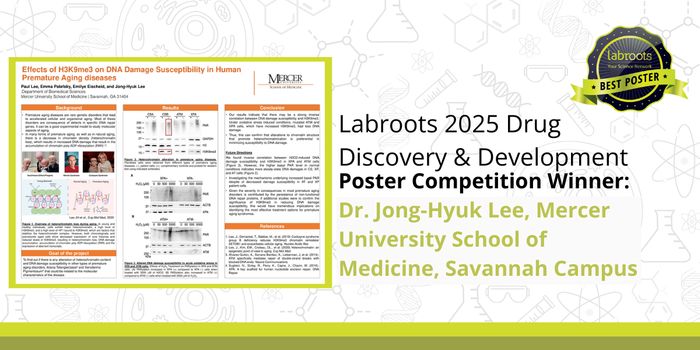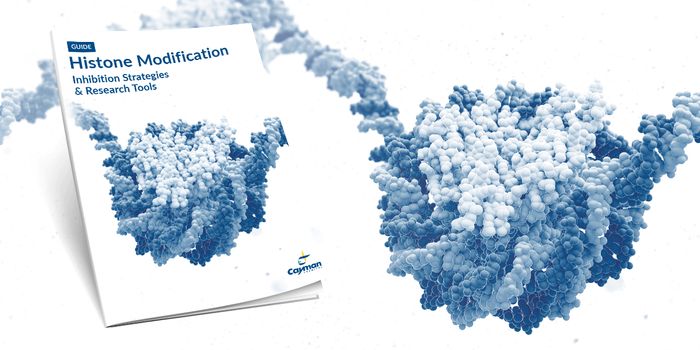It's DNA Day!
The genetic instructions that biological organisms use to make their structures and maintain life are contained within a molecule called deoxyribonucleic acid - DNA. It was first observed in the late 1800s by Swiss biochemist Frederich Miescher, but it took some time before the biological importance of DNA was fully appreciated.
National DNA Day is April 25 (the first one was commemorated by the 108th US Congress in 2003). It highlights the completion of the Human Genome Project, the effort to completely sequence the human genome, which officially ended in 2003, and the discovery of DNA's double-helical structure in 1953. Like most discoveries in science, the elucidation of DNA's structure and importance was a process that involved a team of individuals, including James Watson, Francis Crick, Maurice Wilkins, and Rosalind Franklin.
When cells in plants and animals divide, an essential process in biology, the entire genome has to be replicated by special machinery in the cell. One cell gives rise to two identical daughter cells that are supposed to carry identical genomes. DNA is contained within a membrane-bound structure called the nucleus in complex organisms (eukaryotes).
It's a relatively straightforward process to extract DNA from cells. There are kits that have automated the process for use in diagnostic labs, so DNA can be rapidly isolated from different biological samples like human blood or tissue biopsies. But you can also extract DNA from strawberries at home; the video below explains how to do it.
DNA is composed of basic units called nucleotide bases. These bases have similar structures but differ in the nitrogen bases they contain: adenine (A), thymine (T), guanine (G), or cytosine (C). There are about three billion of these bases in the human genome, which are found on 23 pairs of chromosomes. Though estimates vary, it's thought that about 20,000 genes that code for protein are found in the human genome; but that's only about two percent of the genome.
For many years, researchers have been working to learn more about what the vast regions of the human genome that do not code for protein are used for, if anything; these areas were once called junk DNA. But studies are increasingly finding that some of these non-coding sequences help regulate the expression of protein-coding genes.
Learn more about DNA from the videos, or sign up for a DNA Day event here.









